ifi Audio iPower & iPower X Review – Noise Annoys
Pros — Small & light; relatively reasonably priced compared to large linear power supplies; iPower very well accessorized.
Cons — Effect depending on individual system setup: requires trial and error; additional USB line-cleaning may be needed to show positive effects; inconsistently priced (cost prohibitive in Canada); fixed cable; no on-off switch.
In this Article
- Executive Summary
- Introduction
- Kinds Of Power Supplies
- USB Noise Explained
- What Improvements Are Expected?
- Physicalities Of The ifi Audio Power Supplies
- What ifi Audio Claims
- Test Setup
- Test Results
- But…No Audible Difference Found With A Computer…
- Value
- Am I A Snake-Oil Merchant?
- Concluding Remarks
- Disclaimer
- Author
Executive Summary
The $49 iPower and the $99 iPower X are low-noise switching mode power (SMPS) supplies that filter out electromagnetic and radio-frequency noise which deteriorate sound quality. In my rigorous tests, the ifi Power X delivered better sonic results than the iPower, which was approximately on par with my budget linear power supply; and all of them were far superior over two generic power supplies.
Introduction
You are in for an interesting read. When I signed up for this experiment, that is testing these “audiophile” power supplies against snake oil claims by others, I didn’t know what I was getting into. At the time, I was not considering that the audio signal can be deteriorated by SEVERAL noise sources, including power supply and computer USB. I had to isolate the effect of the power supply. Improving the digital-audio signal through the power supply alone is insufficient.
Before offering fixes, we will have to talk about the noise sources individually.
Kinds Of Power Supplies
A power supply is a transformer that connects the AC grid with the low voltage circuit of a device, let’s say a dac or an amp. The electricity coming out of your mains contains electromagnetic interference (RMI) and radio-frequency (RFI) interference, the amount of which depends on where you live. It will be worse in a city apartment building than in a house in the country.
There are two kinds of power supplies, switching more power supplies (SMPS) and linear power supplies (LPS). Both kinds principally work with your audio device.
The power supplies that come with your phone or notebook computer are SMPS. These are generally cheaper and (be it directly or indirectly) “noisier” than LPS in that they switch on and off very fast, which causes serious noise in the audio band – unless sophisticated filtering is used. Basic SPS will deteriorate the audio signal.
An LPS is typically less noisy as it provides constant signal and voltage power. However, bigger transformers are better than smaller ones (although they may measure the same), and they can be very expensive (and bulky). Such big LPS are probably only economic for very expensive gear.
That said, not all LPS are better than an SMPS. A “Maserati” SPS will be performing better than a “Fiat” LPS. ifi Audio claims to have produced “low noise” SMPS in their $49 iPower and their even “quieter” $99 iPower X. Although these devices appear expensive, their pricing is small compared to a big LPS, and they are a relatively cheap solution for power-line noise. Sonic improvements depend on the connected audio device. It appears that quality improvements are also correlated with price. And you can spend $$$$ on a good LPS.
USB Noise Explained
Let’s assume for a moment, your dac is powered by your computer’s USB port. The computer delivers “noisy power” and a poorly timed data stream (“jitter”; a dac wants well-timed data stream) caused by EMI and RFI through its VBUS and data line, respectively. A computer’s power supply is not designed with noise reduction in mind and the various computer internals are noisy, for example a hard drive (SSD is quieter).
Both jitter and noisy power contribute to the deterioration of the audio signal. And if both are transferred into the dac via an inferior USB cable, there is additional interference between power and data lines…which exacerbates the problem. That’s why you need a well-made, well-shielded, well-isolating USB cable, too.
A dongle dac-amp is exposed to all these noises whereas most designated dacs have the option of a separate power supply. Separating power and data lines improve dac behaviour and there is no need to clean the computer’s VBUS noise.
In any case should be dac’s power cable be as far away from interconnects as possible. Because of its relative high voltage, it creates a stray electromagnetic field that is picked up by the lower-voltage interconnects and audio cables, which can also effect sound adversely.
The data line can be cleaned by using an asynchronous audio transport: the data packets from the computer are timed/clocked in the dac. As a rule of thumb, the more powerful a computer is (that is the more internal components is has) the more noise it will make. Simpler computers will be quieter. On the other hand, if you already have a clean LPS, you only have to clean the USB data line. For this purpose, I have the Audioquest Jitterbug. Co-blogger Alberto Pittaluga uses the ifi Audio nano iUSB 3.0 and reports good success.
In the end, the amount to noise and therefore the amount of required cleaning depends on the device. Some may not need much cleaning at all.
What Improvements Are Expected?
As a rule of thumb – call it a hypothesis for us to test: a headphone amplifier is more affected by the power supply (some claim 70% of sound quality depends on it) and a dac more by the data-line quality. Consequently, an amp benefits from a good PS whereas a dac benefits more from a clean USB source (but clean power is also important for proper clock detection). The effects of a high-quality power supply can be “overwritten” by a dac’s distortion (poor dejittering/resyncing/rebalancing).
This is a bit unfortunate for my testing as the borrowed iPower/iPower X supplies are laid out for 5 V and therefore for my dacs (integrated dac-amps), whereas my dedicated headphone amps need 12V.
Testimonies of the benefits of power supplies range from a “cleaner signal, better details, better transients” to improved stereo image and bass, better vocals quality” on the blogosphere. Co-blogger Biodegraded, reports better textured and more extended bass and a quieter background throughout in his headphone amp. Co-blogger KopiOkaya owns and tested several LPS and also reports differences in dynamics. Some cheap PS sound “uninspired”. Co-Blogger Kazi Mahbub Mutakabbir tested the ifi Audio Zen can and had to purchase an iPower X to get the sonic results he expected from it.
The credibility of real listening experience [I believe my co-bloggers] is unfortunately contaminated by “expectation bias” and the usual bla bla by some YouTube “reviewers”, as well as by some “objectivists” who dismiss such devices on the grounds of measurements that are unrelated to sonic performance. Some people even report sound deterioration using clean-power supplies. Others describe dc leakage contamination when the iPower X shares mains with other devices – or perceive the sound change, but not necessarily to the better.
In summary, you really need to have patience and apply trial and error. If you are a black-and-white kind of person, dabbling in power supplies and usb cleaners is not for you.
Physicalities Of The ifi Audio Power Supplies
Both supplies are wall warts, the iPower more so an ordinary looking one than the fancier, illuminated iPower X. The Power X comes with all possible accessories (including worldwide adapters), as you see on the photo, whereas you have to purchase some of these for the iPower X. In both cases, the connecting cable is fixed to the body – and cannot be replaced.
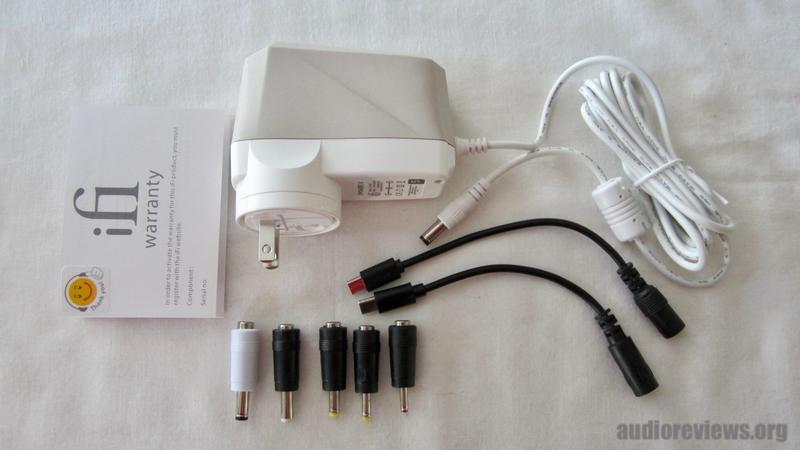
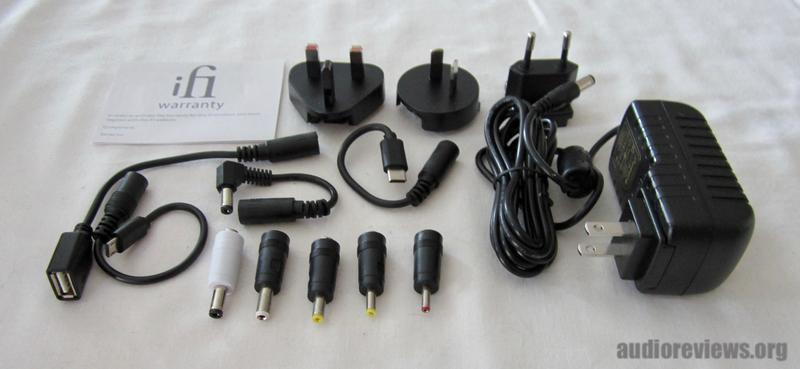
What ifi Audio Claims
ifi Audio give little details on the technology of their two power supplies. It is claimed that the iPower X cancels all EMI and FMI coming in from the mains. Mid- to low-frequency noise is removed in the fashion of a noise cancelling headphone: it is countered with out-of-phase electrical noise so that both cancel each other out. High frequency noise is removed with passive filters.
The iPower is considered to be 20 times quieter than audiophile linear power supplies.
You may want to visit the respective product pages for further information:
Test Setup
In order to test the iPower and iPower X supplies effectively, the power supply noise has to be isolated from other noise sources. For this purpose a music source without significant or no USB noise is used. This can be a CD player (through the S/PDIF output), and to a lesser extent, my computer with a rudimentary USB data-line cleaner. My test setup was:
- Different 5V power supplies: iPower, iPower X, BRZHifi LPS, Apple 12V SMPS (from 2012 iPad), generic Baseus charger SMPS, Tzumi power bank (battery)
- Source NAD CD player with S/PDF connection
- Integrated dac/amp 1: Kadhas Tone2 Pro [S/PDIF input used]
- Receiving end: Moondrop Blessing 2 Dusk:crinacle and Anew X One
This setup delivered uncompressed CD data and, obviously, zero USB noise.
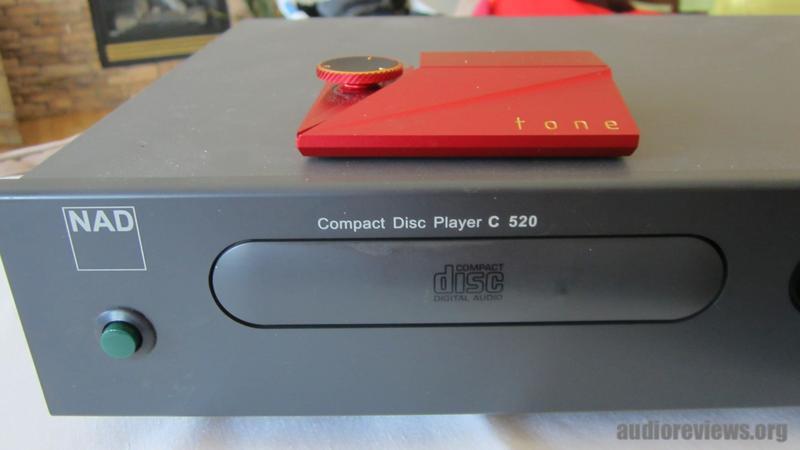
Test Results
To take it away, the iPower X delivered the best results by far. Differences to the other power supplies were not only just audible or nuances, no the iPower X was way ahead of the pack.
I started with the Apple SMPS, a 12 V charger for my 2012 iPad. Apple power supplies have a very good reputation, but they do not regulate mains noise, but, to my knowledge there’s some filter inside – Apple are tight lipped about the details. After all, it is designed to charge and power gear. In terms of sound, there was lots of harshness and lack of coordination in the Moondrop. Spatial organization was all over the place. It sounded unruly and edgy and the sound did not do justice to the Khadas T2P and Crinacle’s impeccable tuning of the Moondrop.
The iPower X, in comparison, provided a true eye/ear-opening experience…and the difference to the Apple PS was BIIIIIG. The sonic image was much more organized, more balanced, not sharp anymore. The corners were rounded, the sound was smoother, more relaxed, more contained and rather homogenous. Bass kick was better, too, and so was spatial cues. Holistically speaking, the listening experience was much nicer and rounder sounding. Much nicer…
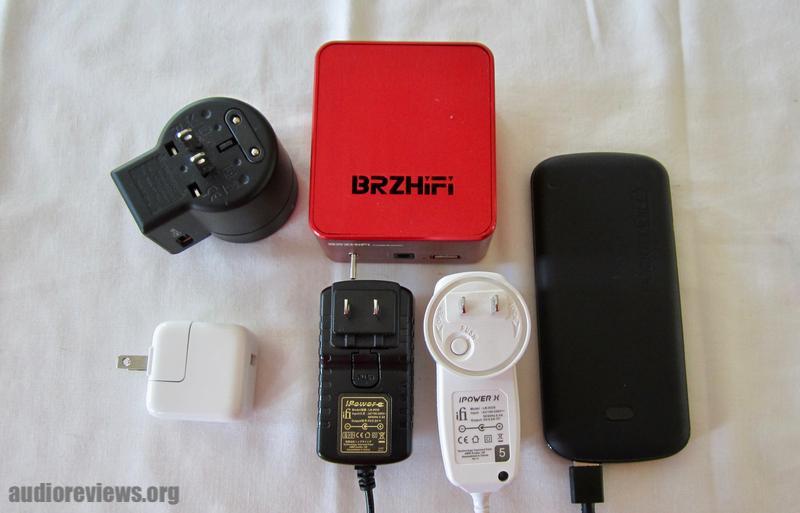
I then tested the BRZHiFi, a $40 LPS I had bought from China. The edges were not as round anymore as with the iPower X and homogeneity was not quite as good. But the listening experience was still decent and more than acceptable. And it beat the Apple SPS.
Moving to the regular iPower, there was not much difference to the BRZHifi, but it was not even close to the iPower X in terms of control and organization. Well, half price…iPower is a compromise.
I then connected a generic $14 Baseus “Frankenstein” charger, and it did full justice to this attribute. The sound was thin, dark, dull, and lifeless. Can’t help it. No filtering…you pay the price for not paying the price.
Last but not least, I ran the Khadas on the Tzumi 10,000 mAh powerbank – and it sounded quite good. I’d put it quality wise on one level with the iPower and BRZHifi. So, if you are on a budget, use your powerbank. It supplies constant linear power and does not suffer from RMI/RFI. Try it!
In summary, the iPower X helped generate the best sound by far in this test.
But…No Audible Difference Found With A Computer…
In my recent analysis of the Khadas Tone2 Pro, I used my MacBook Air as music source (instead of the CD player). I reported no sonic differences between the Apple and the two ifi power supplies, and the computer’s USB power source. Why? Well the simplest explanation is that the computer’s USB data noise was masking the benefits of the power supplies.
Generally, there are a plethora of reasons why one may not hear a difference with the iPower and iPower X supplies, principally because other sources cause even bigger pollution.
- The improvement of the PS of the low- noise power is masked by poor data quality (jitter)
- The equipment is not of the highest quality
- The test setup was not optimal (use sensible iems and high-quality headphones)
In this case, the whole setup needs improving.
Value
A contentious topic. In our internal blog discussion round, some found the ifi Power X totally overpriced, whereas others pointed to the fact that a decent LPS can offset you by hundreds of dollars. So the iPower X is probably worth its $99. The $49 iPower is a bit of a half-baked compromise with the advantage that it comes with all thinkable accessories, and it compares price wise with my cheap LPS.
I would generally assign a better value to the iPower X but also note the difference in pricing between US and Canada (way more expensive north of 64), which makes it cost prohibitive for me. ifi Audio should reconsider their local pricing variations, especially when it comes for free with the $229 drop.com version of their Zen Can.
Am I A Snake-Oil Merchant?
Going into this test, I was very skeptical of the sonic benefits of “audiophile” power supplies, galvanic isolators, line cleaners etc. After all, the Audio Science Forum keeps telling us that there cannot be any improvements because they would crystallize out in their measurements. This is a reverse argument and there is no reason whatsoever refusing to listen to the gear that’s right there on the measurement rig – and without expectation bias.
The question is whether these measurements are capable of characterizing perceived sound. As far as I know, there is no physical relationship (“formula”) between them. “Objectivists” equate quantity with quality, and not only that: their quantity of one thing (“some measurement”) is directly correlated with the quality of another (“sound”). So, in order to match them up, religious beliefs are required. Beliefs are handy as they don’t have to be proven. And that’s what objectivists refer to as science.
As to selling you snake oil, I only borrowed these two ifi power supplies – and would be extremely happy, if my own BRZHiFi LPS was better. It is not, unfortunately.
One point of this exercise is that my results are not 1:1 transferable to you as they apply only to my testing parameters. But you get the message. You have to find sonic progress by trial and error when dealing with so many unknowns simultaneously. And if you are not prepared to do so, then better leave your fingers of it.
Concluding Remarks
“Audiophile” power supplies such as the iPower and iPower X are no snake oil, although results vary with setup. I experienced major sonic improvements in my testing, particularly with the iPower X, against unfiltered power from generic supplies. This, unfortunately, opens a can of worms, as I would like to now tackle USB data-line noise with devices such as the iUSB 3.0, which can be expensive. I put a lot of effort into this exercise and learnt a lot by doing.
If the world should blow itself up, the last audible voice would be that of an expert saying it can’t be done – PETER USTINOV
The stubborn claims of self-acclaimed “objectivists” that there cannot be a sonic difference because the measurements do not indicate it, make as much sense as dismissing the necessity of elections on the grounds that we already have democracy.
In the end, you have to trust your ears.
Until next time…keep on listening!

Disclaimer
The two power supplies were loaned to me for 60 days by ifi Audio upon my request. I thank them for that. I also thank my co-bloggers for intense discussion of this topic.
Our generic standard disclaimer.
You find an INDEX of our most relevant technical articles HERE.





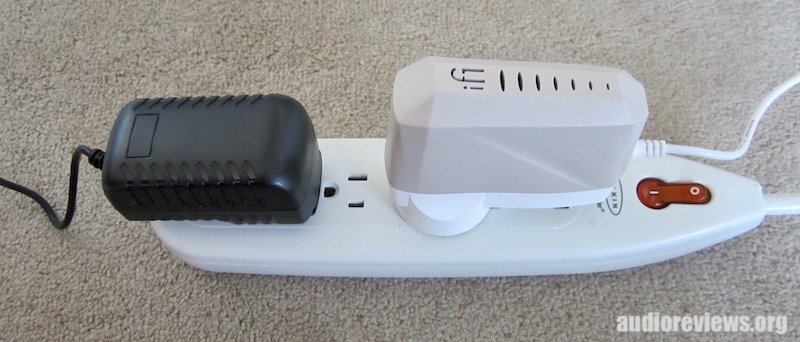

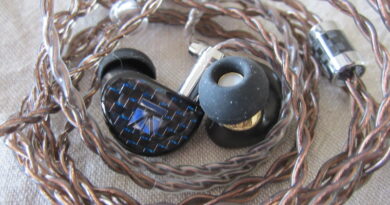
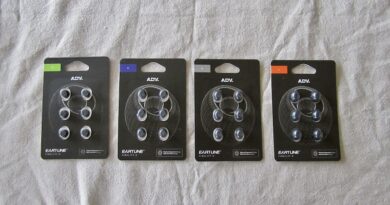
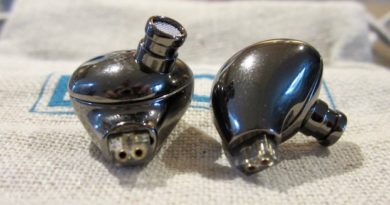
Just bought this to power my Element H audiophile PCIe card. Black Dragon usb to AresII dac and Jotunheim 2 amp with black dragon xlr cables. LCD-X headphone with balanced 8 wire forzaworks copper cable. The amp is not coming till monday but I cannot wait to hear it!